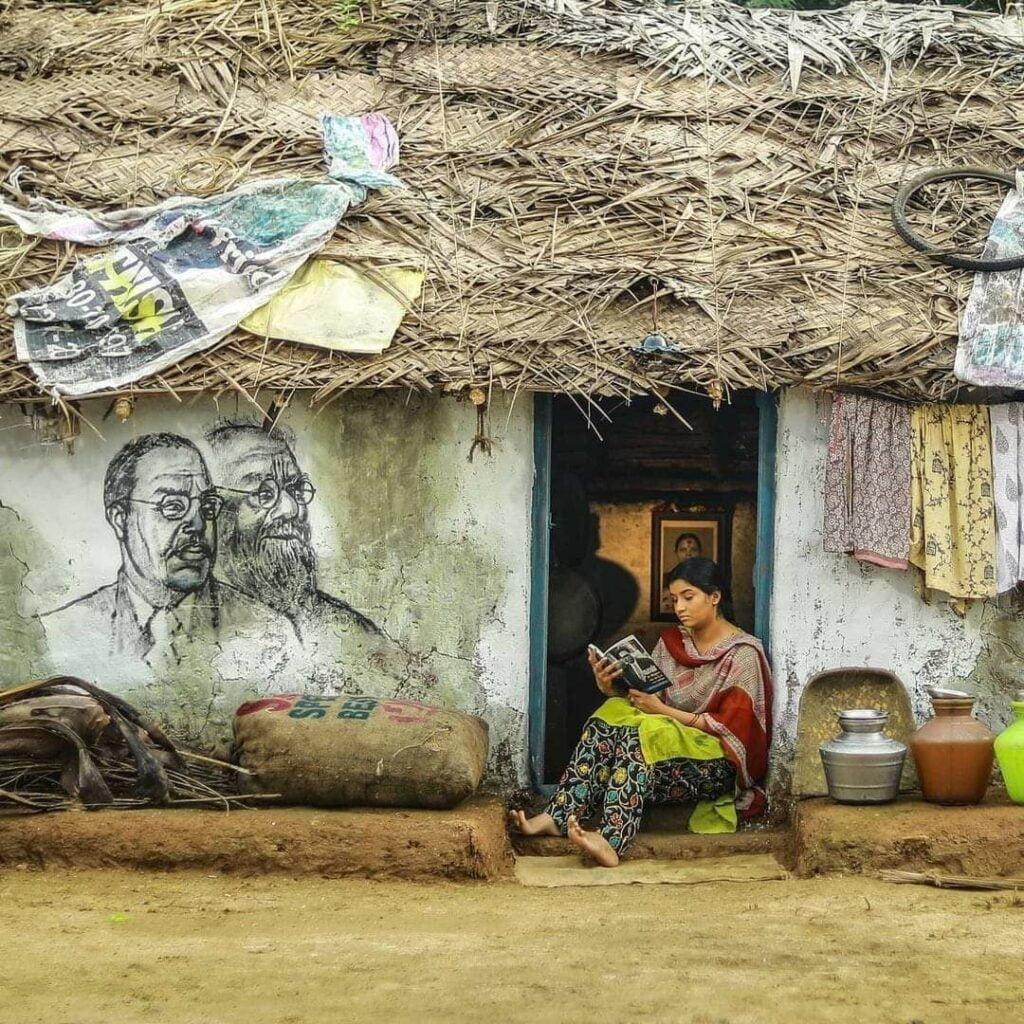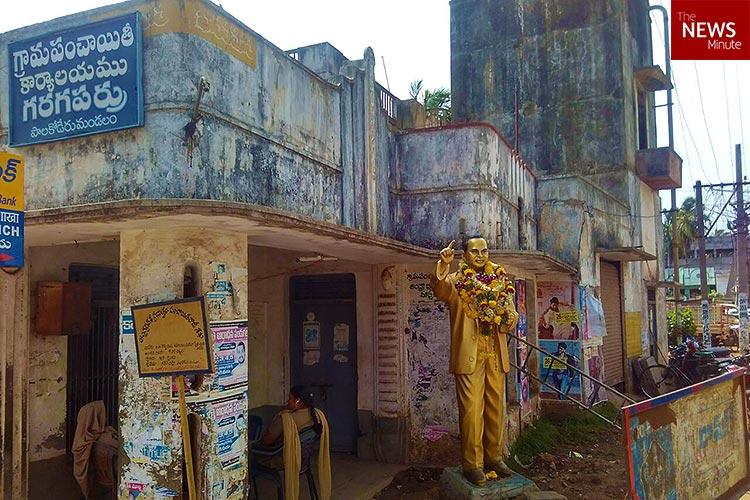From a very young age, the two most important markers of my caste identity were consistently found at home. One was a certain meat simmering in a pot in the kitchen and another was a portrait of our beloved Baba who is globally renowned as Dr B. R. Ambedkar.
When Babasaheb had just entered the Dalit ghettos in the form of portraits, every one of the households loudly declared their identity through the photo of an individual who made it all possible. That high and mighty display of Babasaheb in a photo frame hung on the wall has been and still is a substantial indicator of his significance to Dalit communities and oppressed citizens all over the world.
The emergence of Ambedkarite politics and ideology amidst fascism
As the portrait implies the caste and cultural identity of a Dalit, Babasaheb’s ideology and vision shape the value system of the Dalit community and of the larger society. But, how well has the Ambedkarite ideology and vision emerged in a society that is in constant socio-political turmoil causing a rupture to the ideas of liberty, equality and fraternity?
Also Read: Public Universities: The Site For An Emerging Ambedkarite Struggle
Ambedkarite ideology in its simplest form seeks dignity for Dalit people and propagates that all human beings regardless of their social identities must be respected and cherished in the highest form. And to be able to attain equity, the most oppressed in society must receive representation in all forums. Apart from the recent Hindutva fascism in the country, fascism has long persisted and manifested in this land in the forms of feudalism and casteism.

For thousands of years, one population has been dehumanising many communities because of their social identities – the oppressor castes have regulated the production of resources and accessibility to the most basic amenities to the oppressed communities. Who gets the resources and how much of it should be accessed by what community is a factor that is systematised even in the present day by communities possessing social and cultural capital. Babasaheb’s ideology is to be comprehended most effectively under the context of casteism as fascism. Even at the present time, oppressor castes regulate the discriminated people with the aid of institutionalised policies.
Dr BR Ambedkar: A visionary who opposed Hindu nationalism
In 1940, Babasaheb Ambedkar envisioned an India that considerably determines the present-day socio-political-cultural sequence of events. Babasaheb wrote “If Hindu Raj does become a fact, it will, no doubt, be the greatest calamity for this country. No matter what the Hindus say, Hinduism is a menace to liberty, equality and fraternity. On that account, it is incompatible with democracy. Hindu Raj must be prevented at any cost.”
With a substantial rise in premeditated attacks against minorities and oppressed caste people on campuses and streets, a counter ideology – the one which has spawned common people’s desperate subscription to Hindu nationalism has emerged. Apart from having the potential to annihilate the Ambedkarite ideology which strives for an egalitarian society, the counter-ideology could also cause a serious threat to multiculturalism in India which is exactly what Babasaheb envisioned in ‘Pakistan Or The Partition Of India.”

Hate has become the order of the day. Its major brunt is being forcefully made to borne by Bahujans and religious minorities, especially Muslims. Frequent incidents of branding Muslims as terrorists on college campuses, averting Hijabi women from the gates of educational institutions, dearth of respect and appreciation for oppressed caste students, incidents of mocking and insults thrown at personalities revered for causing revolutionary shifts in the society, a noticeable rise in the institutional murders of Dalits and Adivasi students – these instances, to name a few contradict the very idea that Ambedkar proponents. Supposing the Ambedkarite ideology was to be acknowledged in educational institutions, then we would have witnessed the emergence of a new response on campuses regarding all the issues. Moreover, diverse cultural identities could possibly be accommodated and revered.
Also Read: Dr. B R Ambedkar: A True Intersectional Feminist Thinker
On another institutional level, the intention of affirmative action was to provide representation to the discriminated class of citizens, but with the extension of reservation to the economically backward citizens through a constitutional amendment in the parliament, our parliamentarians have made a mockery of the very purpose of the reservations in education and employment. This was done in the presence of more than 50 per cent of parliamentarians belonging to Bahujan communities, which is why we need more of Ambedkarite ideology now than ever.
Another problem posed is the caste identities of Ambedkarities today. Ambedkarite ideology is being embraced by Marxists and oppressor caste people who though are being a component in the struggle against casteism, have been unsuccessful in understanding Ambedkar as they ought to be – the comprehensible point of view is that of an oppressor caste individual rather an avarna.
Witnessing these events, it is imperative to ponder over the case of how much of an acknowledgement Ambedkarite ideology has received and if it that isn’t a sufficient amount, then how could this ideology reach the masses to counter the fast-paced Hindutva fascism in the country?





Very intriguing. Well balanced approach to see the Ambedkarite Ideological vehicle from different angles within contemporary socio-political set up. Waiting for your next, thank you yet again.